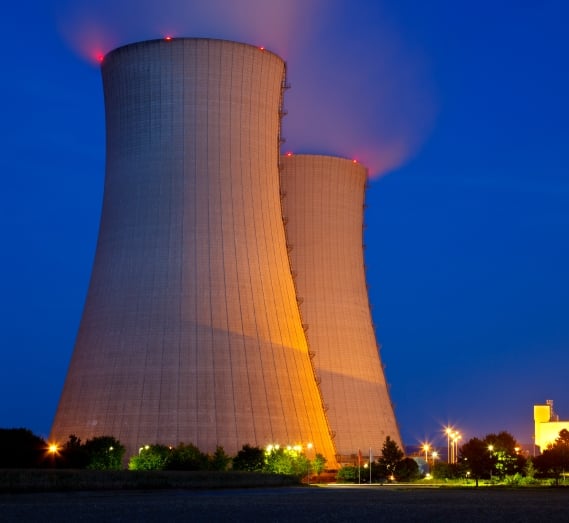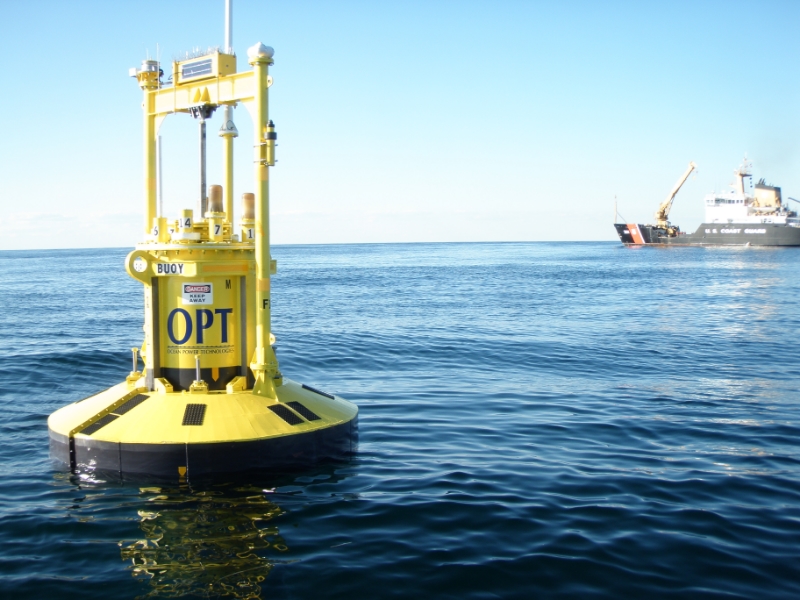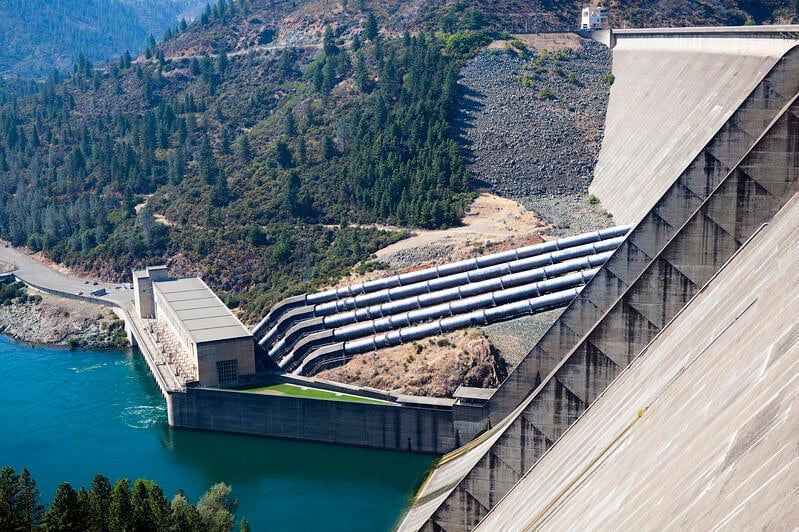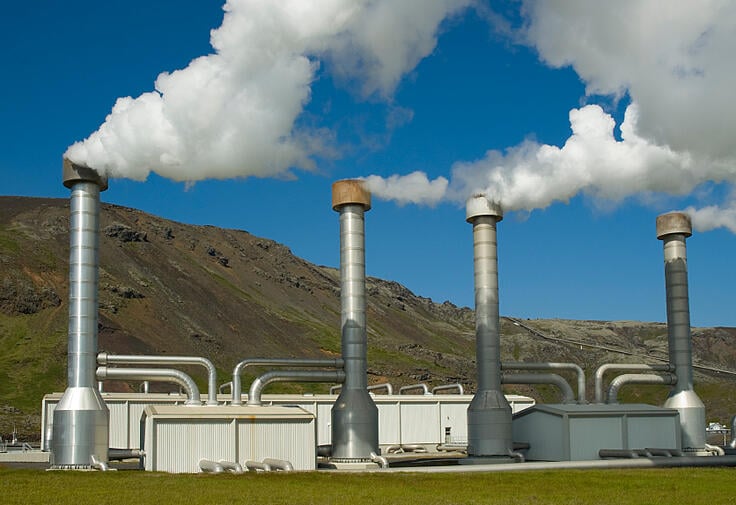The U.S. Environmental Protection Agency’s (EPA’s) plan to regulate carbon emissions is just the latest challenge facing the U.S. electric power system. Technological innovation is disrupting old ways of doing business and accelerating grid modernization. Earlier this year, AEE released Advanced Energy Technologies for Greenhouse Gas Reduction, a report detailing the use, application, and benefits of 40 specific advanced energy technologies and services. This post is one in a series drawn from the technology profiles within that report.
 Small modular reactors (SMRs) are small-footprint nuclear power plants that can be sized between 10 MW and 300 MW, like the schematic from NuScale (left). There are numerous SMR plant designs, though SMRs all rely on the same nuclear fission technology of larger plants. Nuclear fission releases heat in the reactor core to produce steam, which spins a turbine attached to a generator that produces electricity. Unlike utility-scale plants that can take years to construct, SMRs can be assembled offsite and delivered fully constructed. SMRs are smaller, simpler, and can be sited in more places than utility-scale nuclear plants, including submarines, which have been powered by a type of SMR for decades. SMRs generally have their reactors buried in the ground, away from weather hazards. They often use passive cooling systems that are not vulnerable to power outages, increasing the safety of the plant.
Small modular reactors (SMRs) are small-footprint nuclear power plants that can be sized between 10 MW and 300 MW, like the schematic from NuScale (left). There are numerous SMR plant designs, though SMRs all rely on the same nuclear fission technology of larger plants. Nuclear fission releases heat in the reactor core to produce steam, which spins a turbine attached to a generator that produces electricity. Unlike utility-scale plants that can take years to construct, SMRs can be assembled offsite and delivered fully constructed. SMRs are smaller, simpler, and can be sited in more places than utility-scale nuclear plants, including submarines, which have been powered by a type of SMR for decades. SMRs generally have their reactors buried in the ground, away from weather hazards. They often use passive cooling systems that are not vulnerable to power outages, increasing the safety of the plant.
While no SMRs are operating on the grid in the U.S. or elsewhere as of yet, the DOE believes there will be a substantial domestic and international market once products are developed. DOE is presently working with several companies, including mPower America and NuScale Power, to develop, test, and deploy different types of SMRs. DOE is assisting in design certification, site characterization, licensing, and engineering activities, aiding companies that are targeting SMR commercial operation in the next decade.



